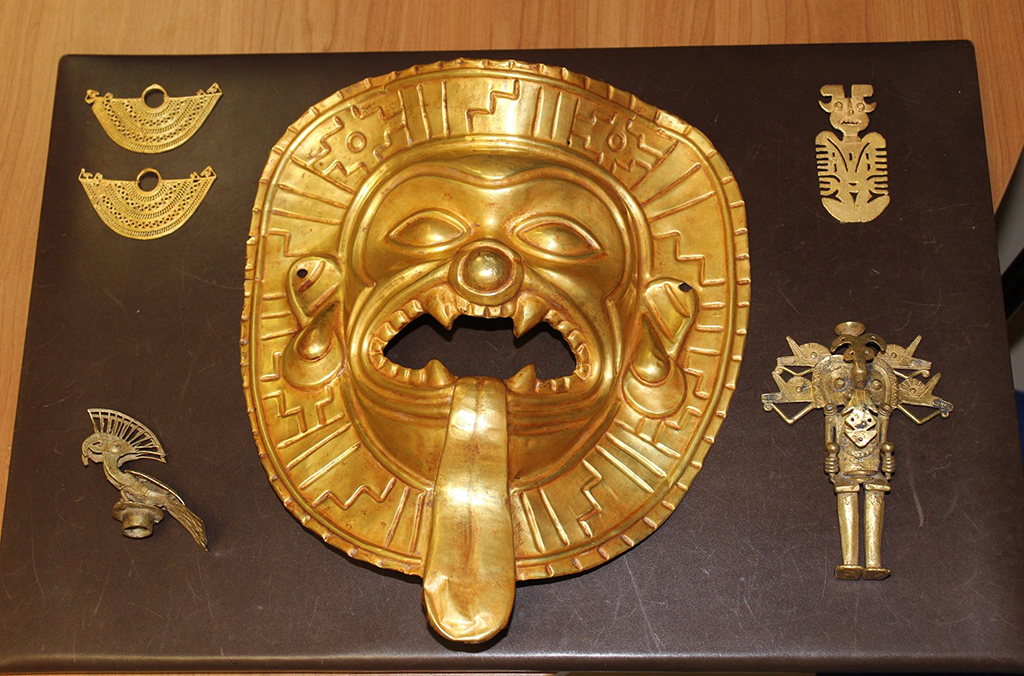Documenting the dirty side of the international art market. @artcrime2
Monday, November 9, 2020
ICE recovers 19th century painting stolen from Italian monastery
Wednesday, September 16, 2020
No laughing matter as Dutch masterwork stolen for third time!
Tuesday, August 4, 2020
A refugee from Rwanda, confessed to starting the fire and been charged with arson, official sources say. Stating he was angered because his visa had not been renewed.
Saturday, June 20, 2020
Images of a stolen Van Gogh give experts hope it can be recovered
Monday, June 15, 2020
Missing Banksy artwork found in an abandoned farmhouse in Abruzzo, Italy
Friday, May 22, 2020
Saudi Arabia Has Joined a Lawsuit Against Disgraced [and Vanashed] Dealer Inigo Philbrick, Claiming He Sold Them a Kusama Installation He Didn’t Own
 |
Inigo Philbrick, ©Patrick McMullan Photo by Clint Spaulding/PMC |
An entity known as MVCA in Riyadh, Saudi Arabia, which is connected to the collection of the Royal Commission for Al-Ula and Crown Prince Mohammed bin Salman, according to Bloomberg, has retained an attorney to represent its interests as a defendant in an existing Miami lawsuit against Philbrick.
 |
| Yayoi Kusama, All the Eternal Love I Have for the Pumpkins, detail (2016). Courtesy Ota Fine Arts, Tokyo/Singapore and Victoria Miro, London. © Yayoi Kusama. |
Friday, May 8, 2020
101 arrested and 19,000 stolen artefacts recovered in international crackdown on art trafficking
The Spanish National Police recovered a unique Tumaco gold mask.
More than 19,000 archaeological artefacts and other artworks have been recovered as part of a global operation spanning 103 countries and focusing on the dismantlement of international networks of art and antiquities traffickers.
101 suspects have been arrested, and 300 investigations opened as part of this coordinated crackdown. The criminal networks handled archaeological goods and artwork looted from war-stricken countries, as well as works stolen from museums and archaeological sites.
These results were achieved during the global Operation Athena II, led by the World Customs Organization (WCO) and INTERPOL, which was carried out in synchronization with the Europe-focused Operation Pandora IV coordinated by the Spanish Civil Guard (Guardia Civil) and Europol in the framework of EMPACT. Details of both Operations, which ran in the autumn of 2019, can only be released now due to operational reasons.
Online illicit markets
Law enforcement officers paid particular attention to the monitoring of online market places and sales sites, as the Internet is an important part of the illicit trade of cultural goods.
During what was called a ‘cyber patrol week’ and under the leadership of the Italian Carabinieri (Arma dei Carabinieri), police and customs experts along with Europol, INTERPOL and the WCO mapped active targets and developed intelligence packages. As a result, 8,670 cultural objects for online sale were seized. This represents 28% of the total number of artefacts recovered during this international crackdown.
Operational highlights
- Afghan Customs seized 971 cultural objects at Kabul airport just as the objects were about to depart for Istanbul, Turkey.
- The Spanish National Police (Policia Nacional), working together with the Colombian Police (Policia Nacional de Colombia), recovered at Barajas airport in Madrid some very rare pre-Columbian objects illegally acquired through looting in Colombia, including a unique Tumaco gold mask and several gold figurines and items of ancient jewellery. Three traffickers were arrested in Spain, and the Colombian authorities carried out house searches in Bogota, resulting in the seizure of a further 242 pre-Columbian objects, the largest ever seizure in the country’s history.
- The investigation of a single case of online sale led to the seizure of 2,500 ancient coins by the Argentinian Federal Police Force (Policia Federal Argentina), the largest seizure for this category of items, while the second largest seizure was made by Latvian State Police (Latvijas Valsts Policija) for a total of 1,375 coins.
- Six European Police forces reported the seizure of a hundred and eight metal detectors, demonstrating that looting in Europe is still an ongoing business.

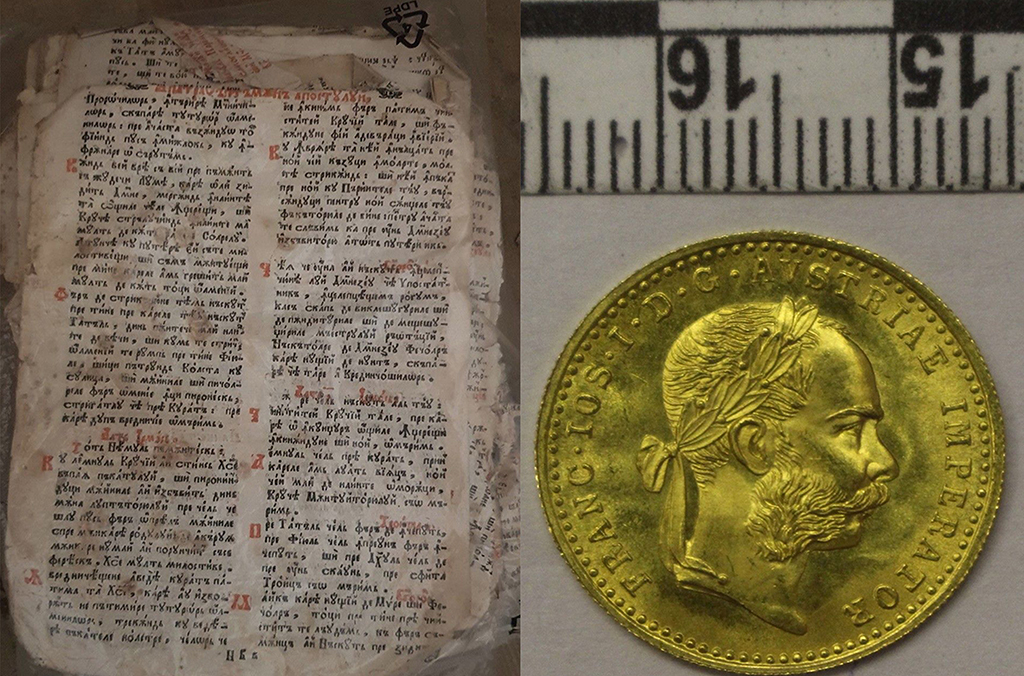
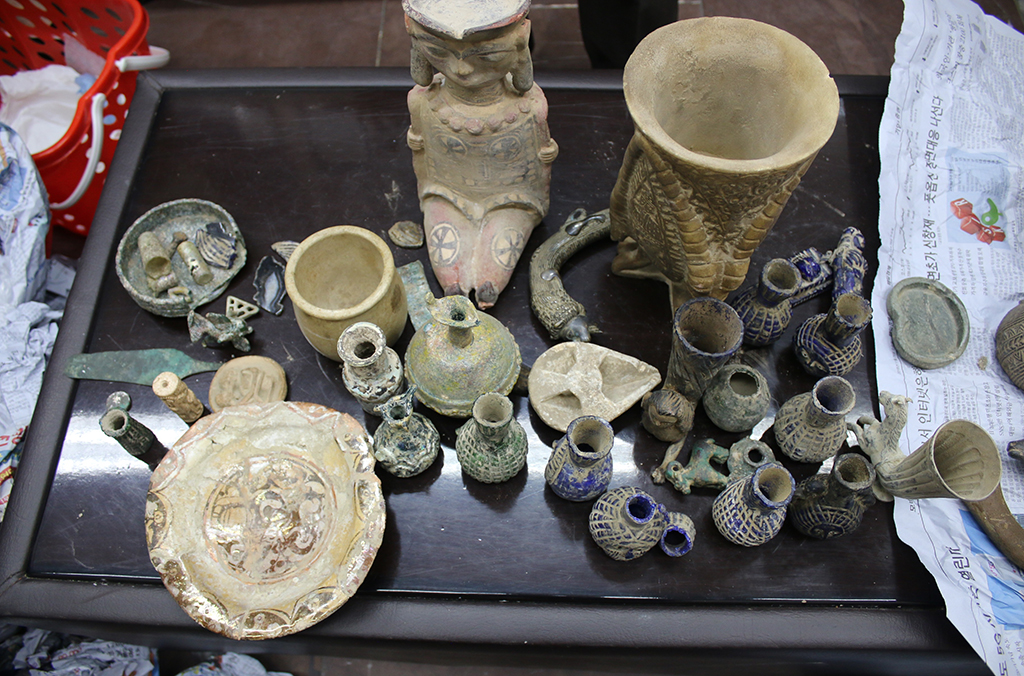


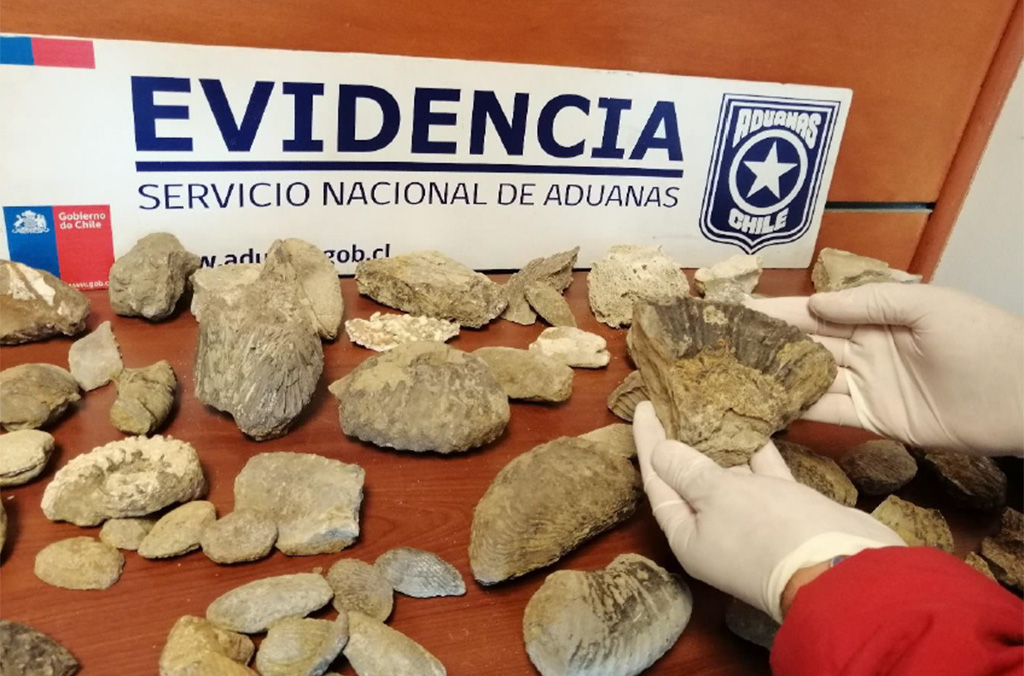
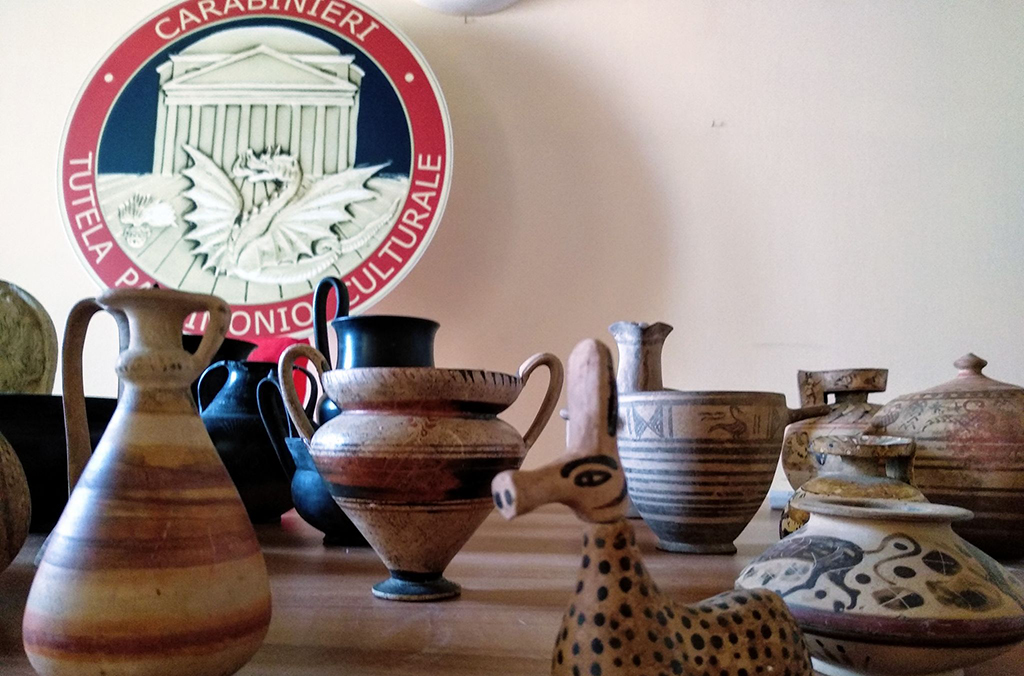
This is the second time that Europol, INTERPOL and the WCO have joined forces to tackle the illicit trade in cultural heritage. Given the global nature of this crackdown, a 24-hour Operational Coordination Unit (OCU) was run jointly by the WCO, INTERPOL and Europol. In addition to assisting with information exchanges and issuing alerts, the OCU also carried out checks against various international and national databases, such as INTERPOL’s database on Stolen Works of Art and Europol’s European Information System.
“The number of arrests and objects show the scale and global reach of the illicit trade in cultural artefacts, where every country with a rich heritage is a potential target,” said INTERPOL Secretary General Jürgen Stock. “If you then take the significant amounts of money involved and the secrecy of the transactions, this also presents opportunities for money laundering and fraud as well as financing organized crime networks,” added the INTERPOL Chief.
“Organized crime has many faces. The trafficking of cultural goods is one of them: it is not a glamorous business run by flamboyant gentlemen forgers, but by international criminal networks. You cannot look at it separately from combating trafficking in drugs and weapons: we know that the same groups are engaged, because it generate big money. Given that this is a global phenomenon affecting every country on the planet – either as a source, transit or destination, it is crucial that Law Enforcement all work together to combat it. Europol, in its role as the European Law Enforcement Agency, supported the EU countries involved in this global crackdown by using its intelligence capabilities to identify the pan-European networks behind these thefts,” said Catherine de Bolle, Europol’s Executive Director.
“The operational success of Customs and its law enforcement partners offers tangible proof that international trafficking of cultural objects is thriving and touches upon all continents. In particular, we keep receiving evidence that online illicit markets are one of the major vehicles for this crime. However, online transactions always leave a trace and Customs, Police and other partners have established effective mechanisms to work together to prevent cross border illicit trade”, said Dr Kunio Mikuriya, WCO Secretary General.
Background
Many activities carried out during the Operation were decided on and conducted jointly between customs and police at national level, with the support and participation of experts from the Ministries of Culture as well as from other relevant institutions and law enforcement agencies.
Article link - INTERPOL, Europol and World Customs Organization join forces during Operations Athena II and Pandora IV: https://www.interpol.int/News-and-Events/News/2020/101-arrested-and-19-000-stolen-artefacts-recovered-in-international-crackdown-on-art-trafficking





